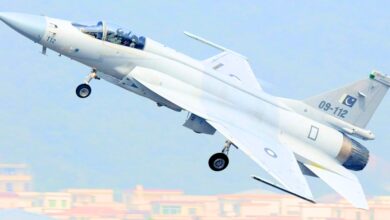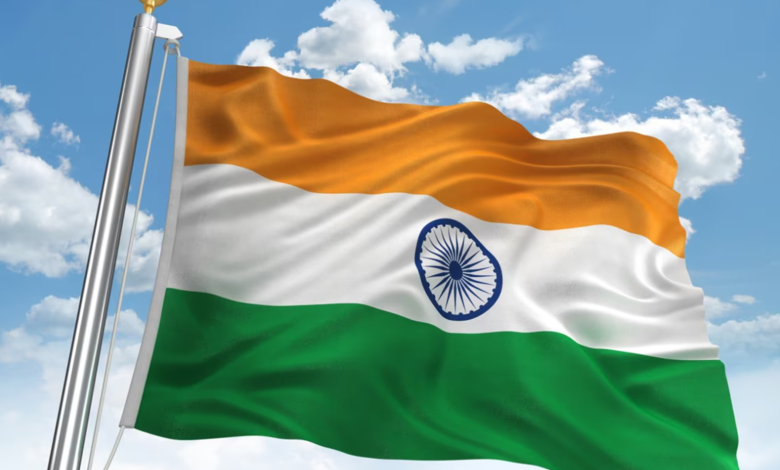
indian independence 1947 history
Indian Independence 1947 History: Independence and Partition
indian independence 1947 history The year 1947 marked a pivotal moment in the history of the Indian subcontinent, as it saw the end of nearly 200 years of British colonial rule and the birth of two independent nations—India and Pakistan. The Indian Independence Bill, passed by the British Parliament, came into force at the stroke of midnight on August 15, 1947, carving out India and Pakistan from the erstwhile Mogul Empire. This momentous event, while celebrated for ending colonial domination, also set the stage for one of the most traumatic episodes in the region’s history: the Partition of India.
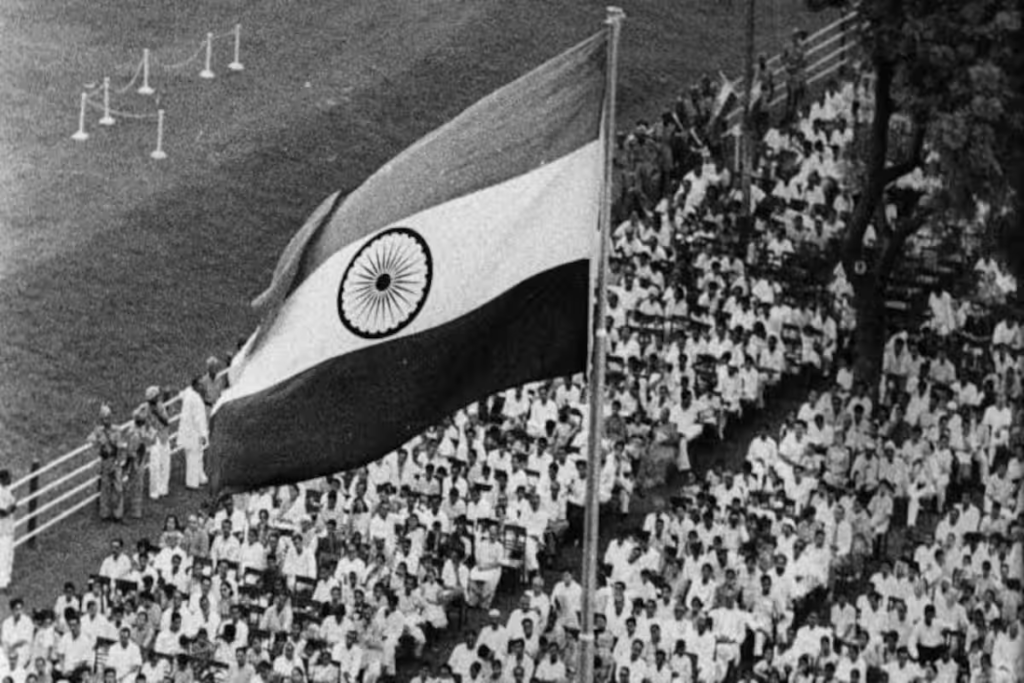
The Road to Independence
indian independence 1947 history The struggle for Indian independence gained momentum in the early 20th century, spearheaded by leaders like Mohandas Gandhi, Jawaharlal Nehru, and Subhas Chandra Bose. Gandhi, in particular, became synonymous with the freedom movement, advocating for nonviolent resistance against British rule. His campaigns, such as the Salt March and the Quit India Movement, mobilized millions of Indians across the country. The Indian independence 1947 history is a testament to the resilience and unity of a nation striving for self-determination.
World War II further fueled the desire for independence, as Britain, weakened by the war, struggled to maintain control over its vast empire. Indian leaders rejected British offers of limited self-governance, demanding full independence. The end of the war brought renewed pressure on Britain to relinquish its hold on India, leading to the eventual decision to grant independence. However, the issue of religious divisions between Hindus and Muslims, which had long simmered beneath the surface, came to the forefront during the negotiations for independence.
Independence and Partition, 1947: A Summary
The Partition of India in 1947 was a direct consequence of the growing tensions between the Hindu-majority Indian National Congress and the Muslim-majority All India Muslim League. The Muslim League, led by Muhammad Ali Jinnah, advocated for a separate nation for Muslims, fearing that their rights would be marginalized in a Hindu-majority India. The Congress, while initially resistant to the idea of partition, eventually agreed to the division of the country to avoid a potential civil war.indian independence 1947 history

The Indian Independence Bill, passed on July 18, 1947, outlined the creation of two independent dominions—India and Pakistan. The Partition of India summary reflects a deeply complex and emotional process, as millions of people found themselves on the wrong side of the newly drawn borders. The province of Punjab was divided between India and Pakistan, with horrific consequences. Violence erupted, leading to the deaths of hundreds of thousands and the displacement of millions as Hindus, Muslims, and Sikhs fled their homes in fear of communal riots.
The consequences of the partition of India in 1947 were profound and long-lasting. Families were torn apart, entire communities were uprooted, and a deep-seated mistrust between India and Pakistan took root, leading to several conflicts in the following decades. The human cost of Partition was immense, with an estimated one to two million people losing their lives in the ensuing violence, and many more being scarred by the trauma of displacement.
Consequences of the Partition of India in 1947
The Partition of India in 1947 was not just a division of territory but also a division of hearts and minds. The immediate aftermath of Partition saw an unprecedented mass migration, with Hindus and Sikhs moving to India, and Muslims moving to Pakistan. This migration was marred by widespread violence, with communal riots breaking out across the region. Trains carrying refugees were often attacked, leading to massacres on both sides of the border. The consequences of the partition of India in 1947 were felt most acutely in Punjab and Bengal, where the violence was particularly intense.
The partition also led to the establishment of a border between the two nations, which remains a flashpoint for conflict to this day. The region of Kashmir, in particular, became a contentious issue, leading to several wars between India and Pakistan. The animosity that grew out of Partition has continued to affect the relationship between the two countries, with both nations remaining wary of each other’s intentions.
Economically, the partition disrupted trade and commerce in the region. The division of assets, industries, and resources between the two new nations was fraught with difficulties, leading to economic instability. The newly formed governments of India and Pakistan had to deal with the immense challenge of rehabilitating millions of refugees, rebuilding infrastructure, and establishing their own economic systems.indian independence 1947 history
The Significance of the Indian Tricolor
The Indian National Flag, known as the Tricolor, holds deep significance in the context of Indian independence 1947 history. Adopted on July 22, 1947, just weeks before independence, the flag symbolizes the values and aspirations of the newly independent nation. The saffron color represents courage and strength, the white symbolizes peace and truth, and the green signifies fertility and growth. The Dharma Chakra in the center, derived from Emperor Ashoka’s Lion Capital, represents the eternal wheel of law and the importance of justice and righteousness.
The Tricolor became a powerful symbol of unity in the diverse nation of India, representing the shared values of its people. It also serves as a reminder of the struggles and sacrifices made by countless individuals during the independence movement. The significance of India’s tricolor is not just in its colors but in the ideals it represents—an independent, sovereign, and secular nation.
Interesting Facts About India’s Independence Day
India’s Independence Day is celebrated with great fervor across the country, but there are some lesser-known facts about this historic day. For instance, Mahatma Gandhi, the ‘Father of the Nation,’ did not participate in the first Independence Day celebrations in New Delhi. Instead, he was in Kolkata, working tirelessly to quell the communal violence that had erupted as a result of Partition. His absence from the celebrations is a poignant reminder of the human cost of independence.
Another interesting fact is the significance of the date—August 15, 1947. Lord Mountbatten, the last Viceroy of India, chose this date as it coincided with the second anniversary of Japan’s surrender in World War II. The timing of India’s independence was also influenced by astrological considerations, with the exact moment of independence being chosen to ensure an auspicious start for the new nation.
How Independence Day is Celebrated in India
Independence Day in India is a grand celebration observed across the nation with various festivities. The day begins with the Prime Minister’s visit to the historic Red Fort in New Delhi, where a ceremonial flag-raising takes place. This is followed by a nationwide address delivered by the Prime Minister, which is broadcast on television and radio, reaching millions of Indians. The speech typically highlights the country’s achievements over the past year and outlines goals for the future.

In addition to the official ceremonies, Independence Day is marked by several traditional activities. One of the most iconic is kite flying, where the sky is filled with colorful kites symbolizing the freedom and joy of the nation. People also wear clothes featuring the Indian tricolor—saffron, white, and green—as a mark of patriotism and unity.indian independence 1947 history
Did the Partition of India and Pakistan Occur on Independence Day?
Independence Day in India also marks a significant and somber event in the nation’s history—the Partition of India and Pakistan. The Indian Independence Act, passed by the British Parliament on July 18, 1947, declared that the dominions of India and Pakistan would be formally established at the stroke of midnight on August 14–15, 1947. This division led to the creation of two independent nations, India and Pakistan, which has had lasting implications on the subcontinent.
A Brief History of Indian Independence and Partition
Independence Day, observed annually on August 15, commemorates the end of British colonial rule in 1947 and the establishment of a sovereign Indian nation. This historic day also marks the anniversary of the partition, which divided British India into two separate countries—India and Pakistan.
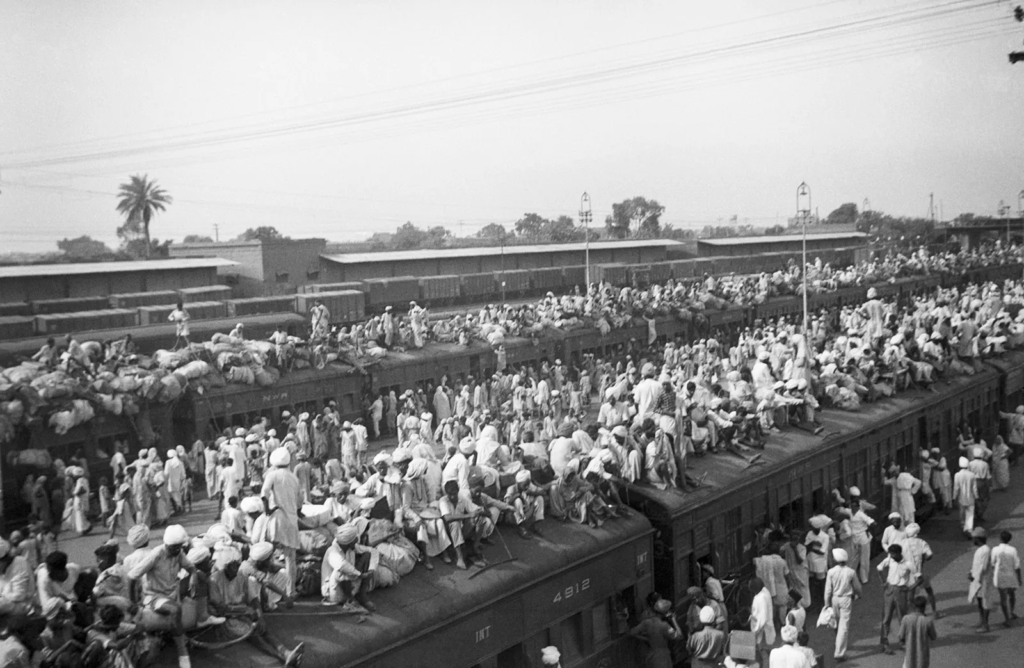
The roots of British rule in India can be traced back to 1757 when the British East India Company gained control following the Battle of Plassey. For the next 100 years, the Company exercised power over large parts of India until it was replaced by direct British governance, known as the British Raj, following the Indian Mutiny of 1857–58. The Indian Independence Movement, which began gaining momentum during World War I, was led by Mohandas K. Gandhi, who championed a nonviolent struggle for freedom.
How India Commemorates Independence Day
indian independence 1947 history Across India, Independence Day is celebrated with a series of patriotic events. Flag-raising ceremonies, drills, and the singing of the national anthem are held in schools, colleges, and public spaces. In state capitals, cultural programs showcasing the diversity and unity of India are organized. The centerpiece of the celebrations is the flag-hoisting at the Red Fort in New Delhi, followed by a grand parade featuring the armed forces and police.
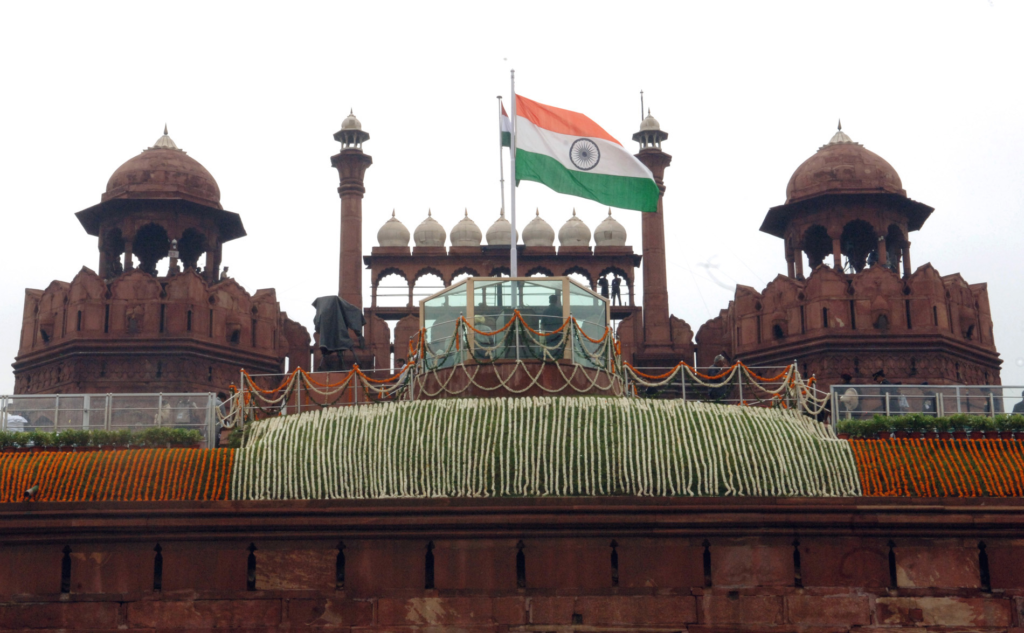
The Prime Minister’s address, delivered from the ramparts of the Red Fort, is a key moment of the day. This speech not only reflects on India’s progress but also sets the tone for the nation’s future endeavors. Kite flying has emerged as a popular tradition on Independence Day, with people of all ages participating in this colorful activity that fills the skies with vibrant patterns.
To honor the significance of the day, government buildings in New Delhi are illuminated throughout the holiday, even as they remain closed to the public.
The Indian Independence Act of 1947
The Indian Independence Act was enacted in 1947, leading to the creation of two new independent dominions: India and Pakistan. Pakistan was initially divided into West Pakistan and East Pakistan, the latter of which is now Bangladesh. The provinces of Bengal and Punjab were partitioned between these new nations, separating the Muslim, Hindu, and Sikh populations, and resulting in the largest forced migration in history that was not caused by war or famine.
The Act also abolished the title “Emperor of India” for the British Crown and nullified all existing treaties with the princely states. Lord Mountbatten continued to serve as the Governor-General of India, with Jawaharlal Nehru appointed as India’s first Prime Minister. In Pakistan, Muhammad Ali Jinnah became the Governor-General, and Liaquat Ali Khan was appointed as the Prime Minister.
Title:
An Act to provide for the establishment of two independent Dominions in India and to amend certain provisions of the Government of India Act, 1947.
Date:
18th July 1947
Catalogue number
Parliamentary Archives, HL/PO/PU/1/1947/10&11G6c30





